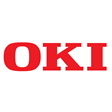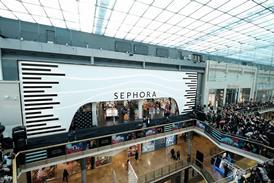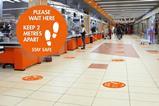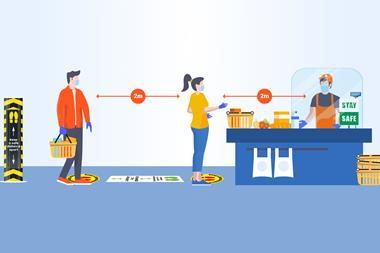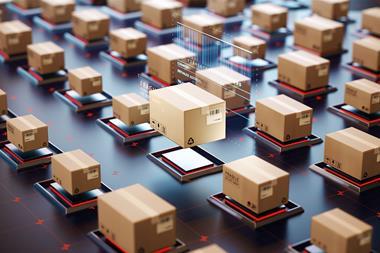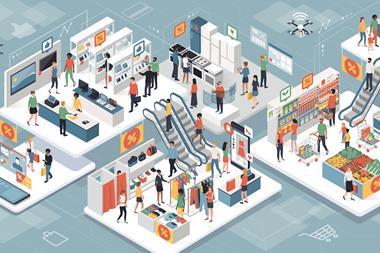OKI Europe follows the rise of personalisation and questions whether it delivers value for both retailers and consumers.
Personalisation is a growing trend in retail, but is it one that will stick around?
One of the most successful and memorable examples of personalisation is Coca-Cola’s ‘Share a Coke’ campaign.
Throughout the summers of 2013 and 2014, consumers were given the opportunity to buy a bottle emblazoned with their own name in the soft drink manufacturer’s iconic branding.
There’s a good reason why, during its planning phase, this campaign was known internally as ‘Project Connect’ – it is a known fact that personalisation can build a stronger connection between brands and consumers.
Today, the idea of personalisation has moved beyond simply being able to buy a product with your name on it.
Now it’s about being able to create something that is truly unique to individuals, and retailers are beginning to provide consumers with this opportunity in-store.
Levi’s customers, for example, can make sure they stand out from the crowd by customising their denim products with a range of panels, stencils, stitches and studs provided in-store to create a completely unique look.
“91% of consumers are more likely to buy products from retailers that use their name and provide personal recommendations”
However, it’s not just about customising products. Personalisation has now become a consumer expectation.
Research from Accenture in 2018 found 91% of consumers are more likely to buy products from retailers that use their name and provide personal recommendations. Retailers should, therefore, consider personalisation in the way they communicate with customers, too.
Businesses are making efforts to recognise their customers as individuals to build a connection with – for example, by sending marketing emails that address each person by name – and this doesn’t look like a trend that will disappear any time soon.
Sprinting into new territory
Examples such as Coca-Cola and Levi’s show personalisation is evolving the shopping experience beyond browsing mass-produced products that are only available in limited variations.
Stores are becoming something more than just buildings where goods or services are sold – thanks to personalisation, they’re becoming lifestyle destinations.
While leading global brands have plenty of budget to invest in these concepts, many in the retail sector will be wondering whether they should mirror this in their own stores.
OKI’s Retail Visions for the Future 2020-2023 report found less than a third of retailers are very prepared to adapt to the personalisation trend. And over a fifth say they are not prepared at all.
These retailers will likely be asking themselves whether personalisation is here to stay or whether it’s just another passing fad.
The reality is that personalisation is largely at play in online retail, with search engines learning about individual consumers and providing them with product recommendations, offers and marketing communications based on their behaviour and preferences.
They are effectively building a profile of each customer and increasing their relevance to them with each interaction. This is something physical retailers could struggle to match.
Learning from experience
According to a survey by AT Kearney, 81% of Generation Z shoppers prefer to shop in-store, with 73% using the opportunity to discover new products.
Another retail sector report by I-AM highlights that almost half of 18-to-35-year-olds polled state the most loved element of the in-store experience is touching and trying things out.
With younger shoppers valuing in-store experience, delivering that experience matters for retailers.
“Online retailers can’t offer the tangible experiences physical retailers can, such as shopping with friends, having human interactions with store staff, and being able to see, touch and try products”
This is where physical retailers have an advantage over their online counterparts.
Online retailers can’t offer the tangible experiences physical retailers can, such as shopping with friends, having human interactions with store staff to seek advice and guidance, and being able to see, touch and try products.
Retailers can learn about consumer preferences while they shop in-store, as well as use the opportunity to create the ultimate customer experience through high-impact visual communications to increase basket value and drive loyalty.
Through colourful hanging banners or shelf wobblers, retailers can cross-sell and up-sell or draw attention to specific brands or areas within the store, taking advantage of social trends and demands.
Furthermore, rather than investing heavily in making products customisable in-store, retailers can build a stronger connection with each individual customer by sending personalised product recommendations and offers based on their unique preferences, increasing loyalty and inspiring repeat purchases.
Moving with the times
While online retailers rely on digital channels such as email, SMS and social media to send customers personalised offers and recommendations, physical collateral still has a significant impact.
A 2015 study by True Impact for Canada Post revealed that 75% of people can recall a brand after a direct mail promotion, compared with 44% following an online one.
With the right technology in place, direct mailers can be created quickly and easily in-house and on-demand.
“Personalisation has given retailers an opportunity to build stronger connections with consumers, who now expect to be addressed based on their individual needs”
Technology such as an affordable printer that provides professional quality results on a range of different media types can open up significant opportunities for retailers to engage with consumers.
From direct mailers featuring attention-grabbing graphics communicating personalised offers, promotions and products to store signage and banners, product labels and event collateral, retailers should be looking to do it all in-house.
Personalisation has given retailers an opportunity to build stronger connections with consumers, who now expect to be addressed based on their individual needs and still value physical shopping experiences.
It’s fast becoming a customer experience essential, but retailers don’t need to invest huge amounts to give consumers personalised product recommendations or promotions that they will truly appreciate.
With in-store devices, personalising and printing to professional quality can be done quickly and cost-effectively at the touch of a button.

Javier Lopez is head of industry vertical solutions EMEA at OKI Europe
To read more about the importance of personalisation and rewarding individuality, download the report here.
